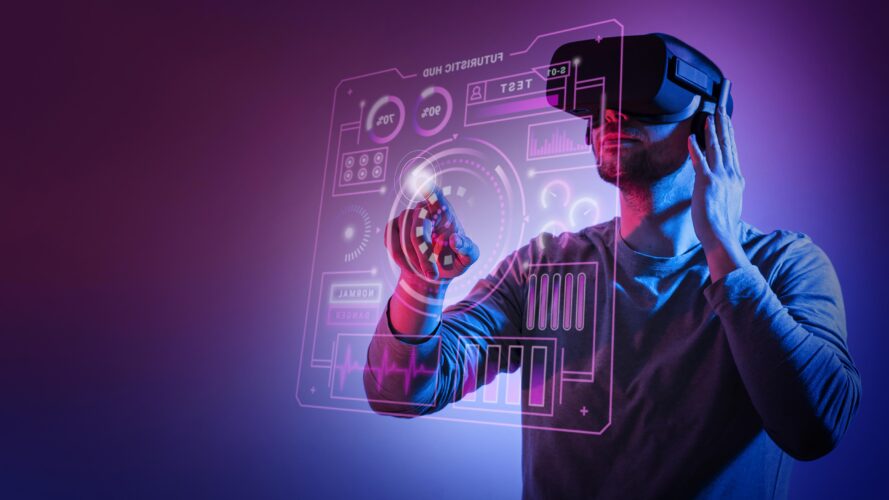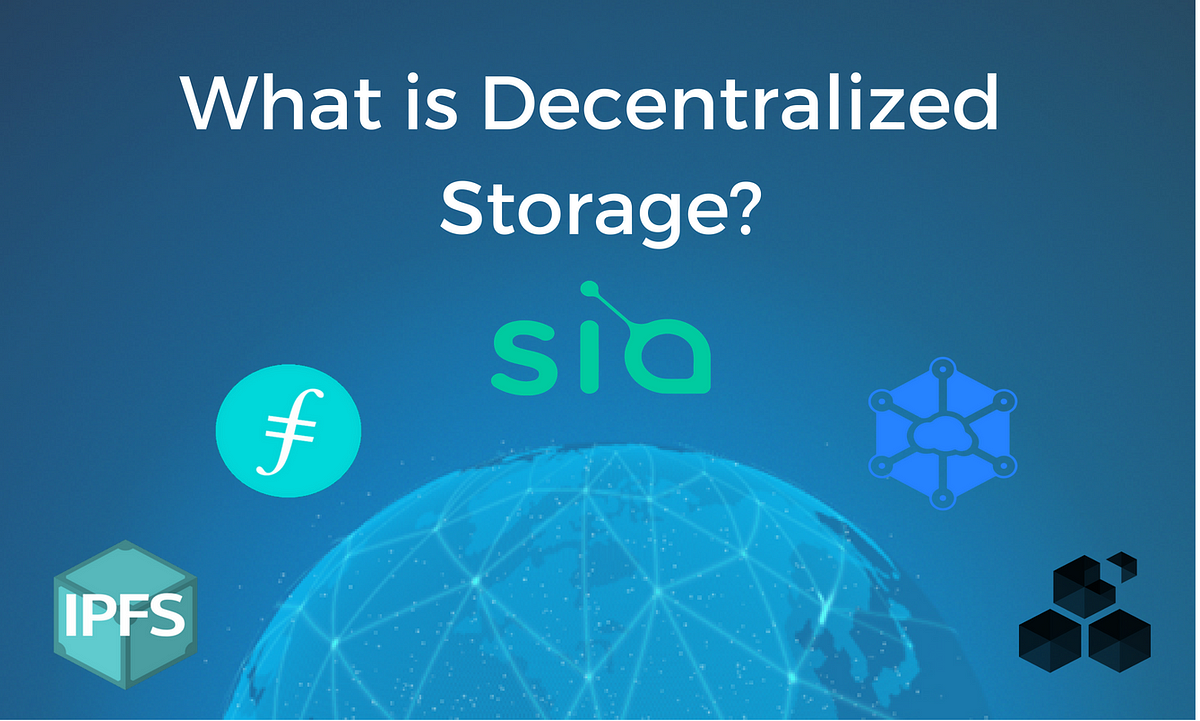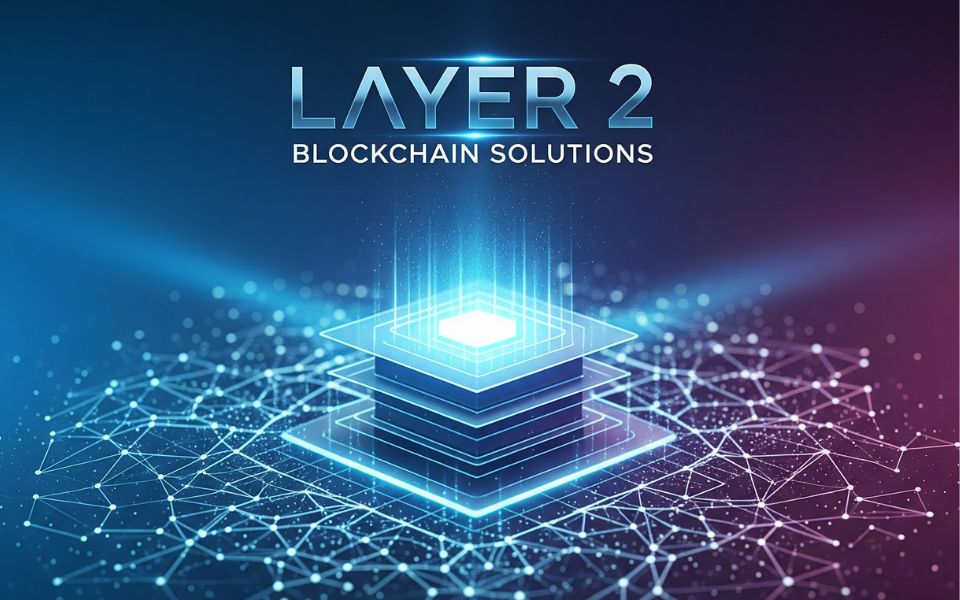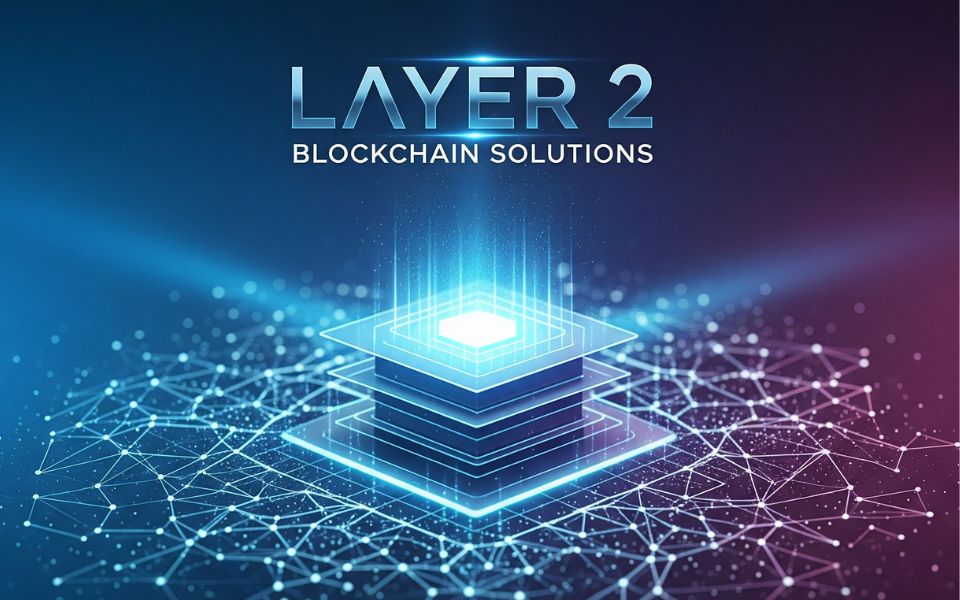
The metaverse—a persistent, immersive digital universe—is no longer just a concept in science fiction. It is rapidly becoming a reality, powered by a complex ecosystem of technologies that enable virtual worlds, digital assets, and interactive experiences. Understanding the infrastructure behind the metaverse is key to grasping how this digital frontier will evolve and impact industries ranging from gaming to commerce, social networking, and enterprise solutions.
What Is Metaverse Infrastructure?
Metaverse infrastructure refers to the technologies, protocols, and platforms that underpin virtual worlds, allowing users to interact, create, and transact seamlessly. Unlike traditional online games or VR platforms, the metaverse is persistent, interoperable, and user-driven, requiring a robust technical foundation to support scale, security, and immersion.
Key components include:
- Decentralized Networks: Blockchain-based systems enable ownership of digital assets, such as NFTs, ensuring transparency and scarcity.
- Cloud and Edge Computing: High-performance computation and low-latency rendering make immersive environments accessible in real time.
- 3D Engines and Graphics: Tools like Unreal Engine and Unity power realistic graphics, avatars, and interactive elements.
- Networking Protocols: Fast, reliable connectivity supports multi-user experiences with minimal lag.
Together, these components form the backbone of virtual worlds where users can socialize, work, play, and trade.
Blockchain and Digital Assets
At the core of metaverse infrastructure is blockchain technology, enabling decentralized ownership and verifiable scarcity. NFTs and other tokenized assets allow users to:
- Own Virtual Land: Platforms like Decentraland and The Sandbox allow users to purchase, trade, and develop digital plots.
- Trade Digital Goods: Avatars, skins, collectibles, and in-game items can be bought and sold securely.
- Participate in Governance: Decentralized autonomous organizations (DAOs) manage community decisions in many virtual worlds.
Blockchain ensures that digital assets are portable, provably scarce, and resistant to censorship, crucial for sustaining virtual economies.
Rendering and 3D Engines
Creating immersive environments requires high-quality 3D rendering and interactive graphics engines. Technologies such as Unreal Engine, Unity, and WebGPU enable developers to craft realistic worlds, simulate physics, and animate avatars in real time.
Advances in rendering pipelines, photorealistic lighting, and physics simulation make experiences engaging and lifelike, while scalable graphics frameworks allow millions of users to coexist in shared virtual spaces.
Networking and Connectivity
A metaverse that spans multiple users and locations demands ultra-low latency and high-bandwidth networks. Key technologies include:
- Edge Computing: Distributes computation closer to users, reducing latency and improving responsiveness.
- 5G and Next-Gen Internet Protocols: High-speed wireless networks enable mobile and VR users to interact without delays.
- Peer-to-Peer Networking: Supports decentralized communication and reduces dependence on central servers.
These networking advances ensure smooth, real-time interaction critical for social engagement, gaming, and virtual commerce.
Decentralized Storage and Cloud Integration
Virtual worlds generate massive amounts of data—3D models, textures, user interactions, and transaction records. Decentralized storage solutions like IPFS and Filecoin provide persistent, verifiable storage, while cloud infrastructure handles high-computation tasks and large-scale rendering.
This hybrid model combines decentralization, security, and scalability, allowing metaverse platforms to store assets efficiently while maintaining high performance.
AI and Interactive Experiences
Artificial intelligence plays a crucial role in making metaverse interactions dynamic and engaging:
- NPCs and Avatars: AI drives realistic behavior and natural interactions with virtual characters.
- Content Generation: AI assists in creating landscapes, buildings, and virtual items procedurally.
- User Personalization: Machine learning algorithms adapt experiences based on user behavior, preferences, and social interactions.
AI ensures that the metaverse is not just visually immersive but also responsive and personalized.
Real-World Applications
Metaverse infrastructure is already enabling a wide range of use cases:
- Gaming: Play-to-earn models, immersive multiplayer worlds, and NFT-based economies.
- Social Interaction: Platforms like Horizon Worlds facilitate shared experiences and virtual events.
- Enterprise Solutions: Virtual offices, training simulations, and product demos leverage the metaverse for business purposes.
- Commerce and Virtual Marketplaces: Brands are creating digital stores, limited-edition NFTs, and immersive advertising campaigns.
These applications demonstrate the cross-industry potential of metaverse technologies.
Challenges and Considerations
Despite rapid progress, metaverse infrastructure faces several hurdles:
- Scalability: Supporting millions of simultaneous users while maintaining low latency is challenging.
- Interoperability: Seamless movement of assets and identities across virtual worlds is still limited.
- Security and Privacy: Protecting user data and preventing digital asset theft is critical.
- High Development Costs: Building and maintaining high-fidelity virtual worlds requires significant resources.
Ongoing advancements in cloud computing, blockchain interoperability, and AI will help overcome these challenges.
The Future of Metaverse Infrastructure
As the metaverse matures, infrastructure will evolve to support:
- Cross-Platform Interoperability: Enabling users to move assets, identities, and social connections across virtual worlds.
- Enhanced Realism: Real-time ray tracing, AI-driven physics, and haptic feedback for truly immersive experiences.
- Decentralized Governance: DAOs and tokenized governance models giving communities control over platforms.
- Integrated Economies: Fully functional virtual marketplaces, DeFi integration, and programmable digital assets.
The next generation of virtual worlds will be more immersive, interconnected, and user-owned, creating opportunities for creativity, commerce, and collaboration.
Final Thoughts
Metaverse infrastructure is the engine powering the digital worlds of tomorrow, combining blockchain, AI, decentralized storage, 3D engines, and next-gen networking. Together, these technologies enable persistent, immersive, and user-driven virtual environments.
As development accelerates, the metaverse will move beyond gaming and social experiences, reshaping commerce, work, entertainment, and human interaction, and establishing a new frontier where technology, economy, and creativity converge.








